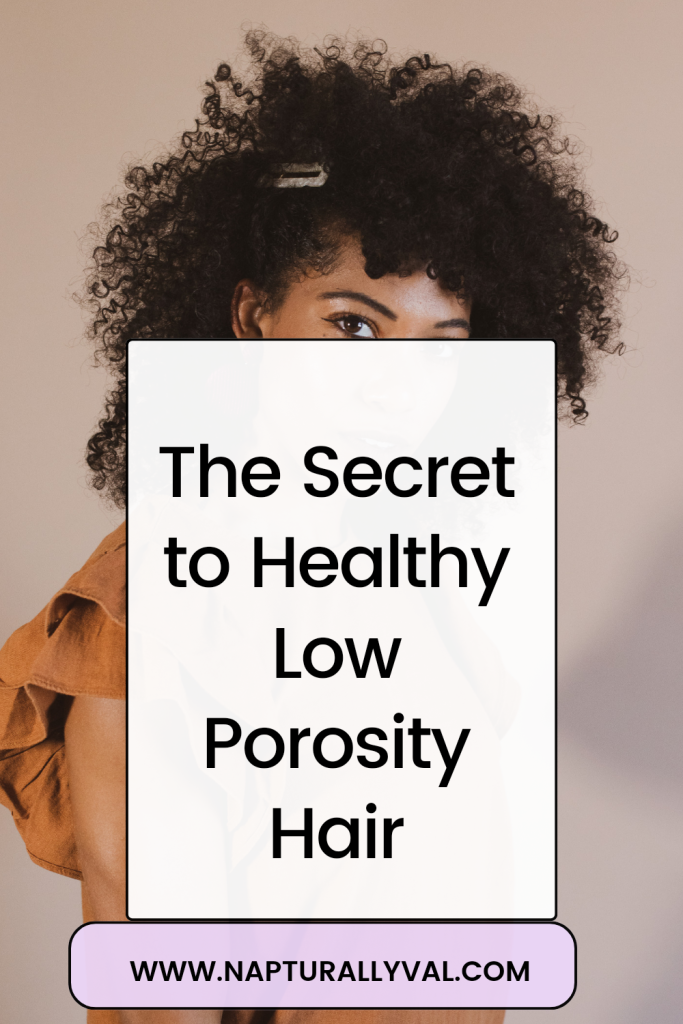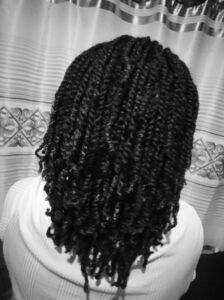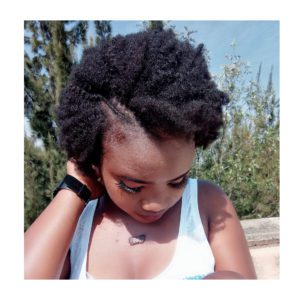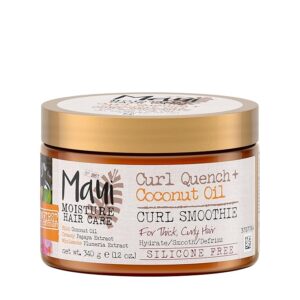Not sure whether your hair’s low porosity? Well, on this post we talk about how to maintain low porosity hair.
Feel like your hair has been the same length forever, I’ve an Ebook that will help you grow your hair healthier, longer and thicker. Grab your copy here… Also, check out all the Ebooks,guides and journals that will go a long way in your hair care journey here.

“Disclosure: Some of the links below are affiliate links. This means that, at zero cost to you, I will earn an affiliate commission if you click through the link and finalize a purchase.”
Table of Contents
The Ultimate Low Porosity Hair Care Guide
Low porosity is basically hair with low ability to absorb moisture and products because the cuticles are tightly closed. Products and moisture tend to sit on the surface of the hair longer unlike high porosity hair that easily absorbs products and moisture. With this porosity type, it’s advisable to use lightweight products like water-based leave-in conditioner, oils, and butters that are easily absorbed by the hair. can easily penetrate the hair shaft. Avoid heavy products that may build up on the surface of the hair and scalp.
How do you tell your hair is low porosity.
You can do the following tests to tell if your hair is low porosity.
The Water Test: Take a few strands of hair from your comb/brush and place them in a bowl of water. If the hair floats on the surface of the water for a long time, it is likely this porosity type.
The Strand Test: Take a strand of hair and run your fingers up the shaft towards the scalp. If you feel little to no resistance, then the hair is likely this porosity type.
Product Absorption Test: Apply a small amount of product or just spray water to a section of your hair and see how it absorbs. If the product just sits on top of your hair without being absorbed, then your hair is likely to have low porosity.

Characteristics of low porosity hair.
- Takes time to get sopping wet. On wash days, you’ll notice that you need a lot of water to get your hair saturated. With this porosity type, it feels like water just runs through it.
- Products don’t easily penetrate the hair because the cuticles are tightly held together. You’ll notice products sitting on the surface of the hair.
- Low porosity hair takes longer to dry because the cuticles are tightly closed, preventing moisture from evaporating quickly. With this porosity type, you may need a hair dryer if you’re in a hurry to have it dry.
- Low porosity hair is also more prone to product build-up, as products tend to sit on the surface of the hair instead of being absorbed.
Knowing the characteristics of low porosity 4C hair can help you choose the right products and techniques to care for and style your hair. Caring for low porosity hair can be challenging, but with the right techniques and products, you can keep your hair healthy, moisturized, and manageable.
How to care for low porosity hair
Clarify Your Hair: Use a clarifying shampoo to remove build-up from your hair. This will help to open up the hair cuticles and allow moisture to penetrate.
Use Warm Water: Use warm water to wash your hair as it helps to open up the cuticles and allows the products to penetrate the hair shaft.
Deep Condition Your Hair: Use a moisturizing deep conditioner on every wash day to moisturize and nourish your hair. You can add heat to your deep conditioner by using a plastic cap and sitting under a hooded dryer for a couple of minutes to help the conditioner penetrate the hair shaft.
Use Lightweight Products: Use lightweight products like water-based leave-in conditioners, and oils that can penetrate the hair shaft. Avoid using heavy products as they can cause build-up.
Protect Your Hair at Night: Wear a satin bonnet or use a satin pillowcase to protect your hair from friction and breakage while you sleep.
By following these tips, you can maintain healthy low porosity hair. Remember to be patient and consistent with your hair care routine, and your hair will thank you for it!
Thank you for reading, share with everyone and support my blog here.



